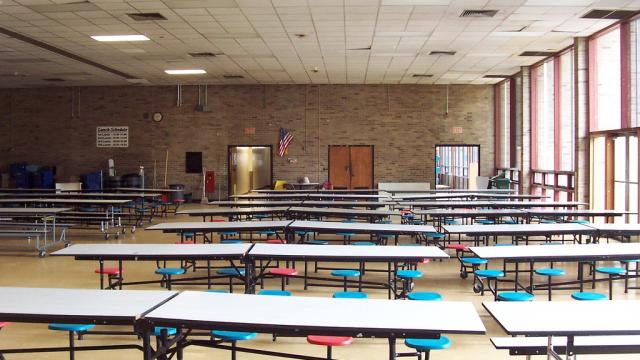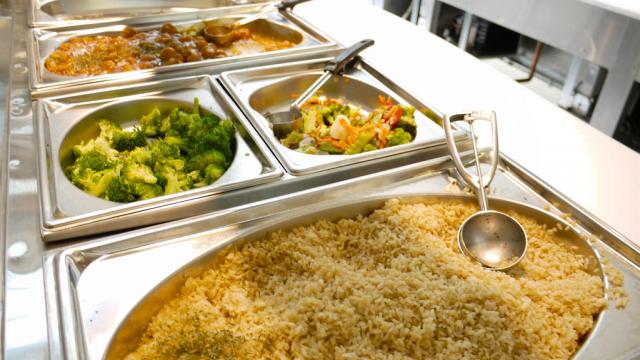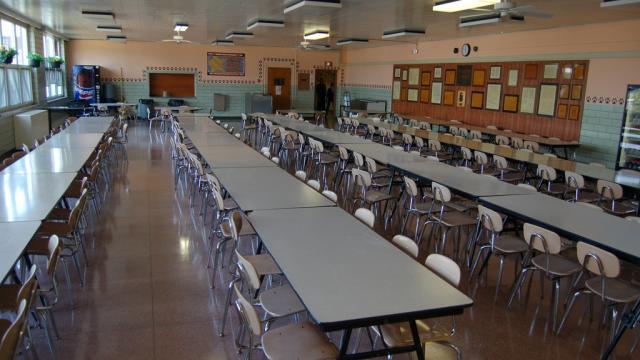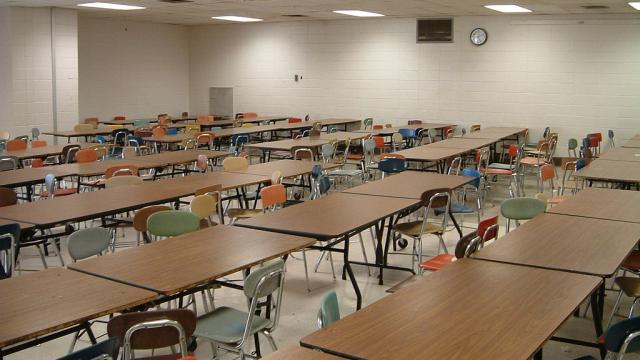
Mira Loma High School Cafeteria/Student Union Re-Design
Dynamic Designs Inc.
As a group we decided to choose Dynamic Designs as a team name because it describes our style of work and how our buildings will be presented. Our team name reflects on our work and you will be able to see that the team Dynamic Designs has created the building.
-Director of Exterior Building Designs: Marcela Maldonado
-Director of Interior Building Design: Lucy Jacobo
-Director of Interior Decor Design: Ines Diaz
-Director of Landscape Design: Ana Azad
-Director of Sustainability & Energy: Bianca Dobre
The cafeteria faces certain problems and challenges that should be addressed. It is designed in a rectangular structure with high ceilings and with one side of the building covered in windows. There is not really an organized structure for lunch lines for students to wait for their food, which creates problems with over crowded lines and students cutting. Some problems include the structure of the building, the crowded lunch lines, the seating and table arrangements, the small restrooms, bad acoustics, bad sound system, and no performance/ stage area. Mira Loma High School needs a new design to improve the students’ lunch experience. This situation has been a problem since the school has gotten more and more students over the years. The school has tried to improve the cafeteria by removing the stage to create more space inside but it did not really improve the appearance or helped benefit the cafeteria. We will know that we are successful if our design provides an organized solution to the crowdedness in the cafeteria and improve the environment and appearance for students to enjoy.
CA, United States of America, Sacramento, Public School; 1960
In 2010 Mira Loma High School celebrated its 50th anniversary. Built in 1960, Mira Loma High School is one of nine comprehensive high schools in the San Juan Unified School District, located in Sacramento County. With one primary feeder school and strong academic and extra-curricular programs, Mira Loma is a school of choice for many of San Juan as well as out of district students. The
school is located in a suburban community, with students from a wide spectrum of socio-economic backgrounds. This diversity is a valuable asset that strengthens and enriches our community.
Mira Loma High School is a comprehensive high school with 1665 students. This represents an increase in enrollment of about a hundred students over the previous year. Enrollment is favorably affected by students from outside Mira Loma’s attendance area. These students choose to attend Mira Loma for its outstanding IB, MYP, IS, and Passport programs. From this pool, Mira Loma attracts 353 inter-district students and 80 intra-district students. Mira Loma currently has 451 freshmen, 435 sophomores, 423 juniors, and 356 seniors.













.html)













Comments
Thank you for doing the effort to create better schools. - Marla Ahlgrimm